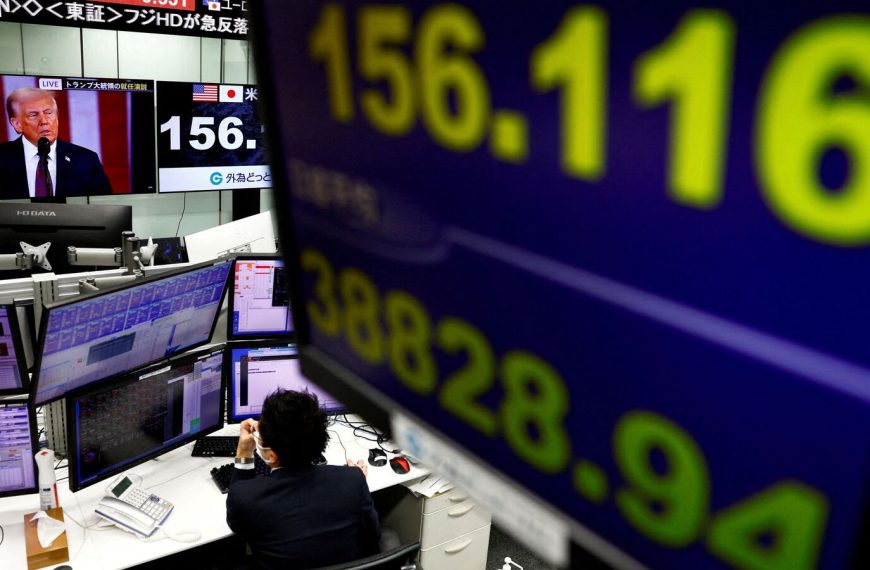In April, Taiwan’s largest insurance companies faced a staggering loss amounting to NT$18.7 billion, primarily due to fluctuations in currency values. This downturn follows a warning from former U.S. President Donald Trump about impending global trade tariffs, marking the most significant monthly deficit for the insurers in the past eighteen months, as reported by the Economic Daily News based in Taipei.
Major Losses Among Insurers
Among the six leading insurance firms, Nanshan Life Insurance Co. reported the most considerable loss, exceeding NT$9 billion. Interestingly, KGI Life Insurance Co. managed to evade any financial setbacks during this turbulent period.
- Nanshan Life Insurance Co.: NT$9 billion loss
- KGI Life Insurance Co.: No loss reported
- Cathay Life Insurance Co.: NT$2.57 billion loss
- Fubon Life: NT$2.41 billion loss
The struggles of these firms became more pronounced before the Taiwan dollar experienced a surge in early May against the U.S. dollar. This rise raised alarms regarding the insurers’ hedging and investment strategies.
Concerns Over Hedging Strategies
Cathay Life Insurance Co. cited an increase in hedging costs as a significant factor leading to its losses. Similarly, Fubon Life pointed to the unpredictable global financial landscape, heavily influenced by U.S. trade policies.
These losses highlight a growing concern that Taiwanese life insurers may be overly exposed and inadequately hedged regarding their investments tied to the U.S. dollar. Following a 6% increase in the Taiwan dollar within the first two days of May, the value of unhedged U.S. dollar investments diminished significantly. In response, the Financial Supervisory Commission assured the public on May 6 that no insurance companies currently face solvency issues.
Regulatory Actions and Market Stabilization
On the same day, the central bank announced plans to scrutinize banks to ensure that their fund inflows are directed towards genuine investments rather than speculative currency trading. Fortunately, the Taiwan dollar has since stabilized, providing some relief to the insurers.
To combat the adverse effects of currency fluctuations, Fubon Life has ramped up its hedging strategies. The company emphasized its commitment to closely monitoring market conditions and adjusting its hedging practices dynamically to mitigate risks associated with currency shifts.
Cathay Life, marking its first monthly loss since 2024, reported a rise in hedging costs but reassured that the situation remains manageable.
Potential Future Impacts
Analysts from Goldman Sachs Group Inc. highlighted on May 8 that should the Taiwan dollar appreciate by 10% against the U.S. dollar, local insurers could face unrealized currency losses nearing $18 billion. Given that these companies hold approximately $710 billion in foreign currency assets, such a scenario could potentially exhaust the $6.6 billion reserves they have allocated for currency volatility.
In conclusion, the recent turmoil in Taiwan’s insurance sector serves as a stark reminder of the vulnerabilities associated with currency exposure and the importance of robust hedging strategies in navigating a volatile global market.











